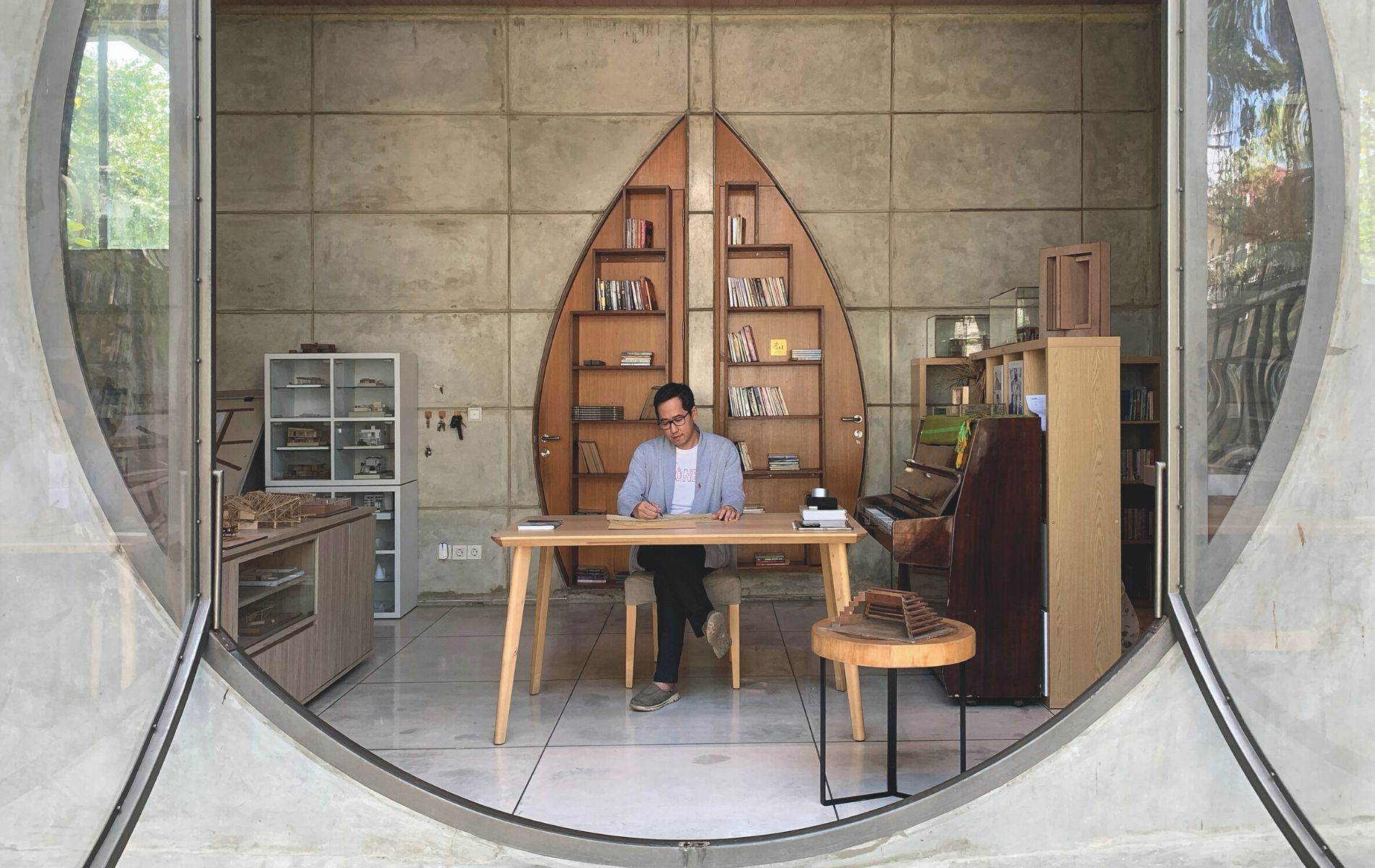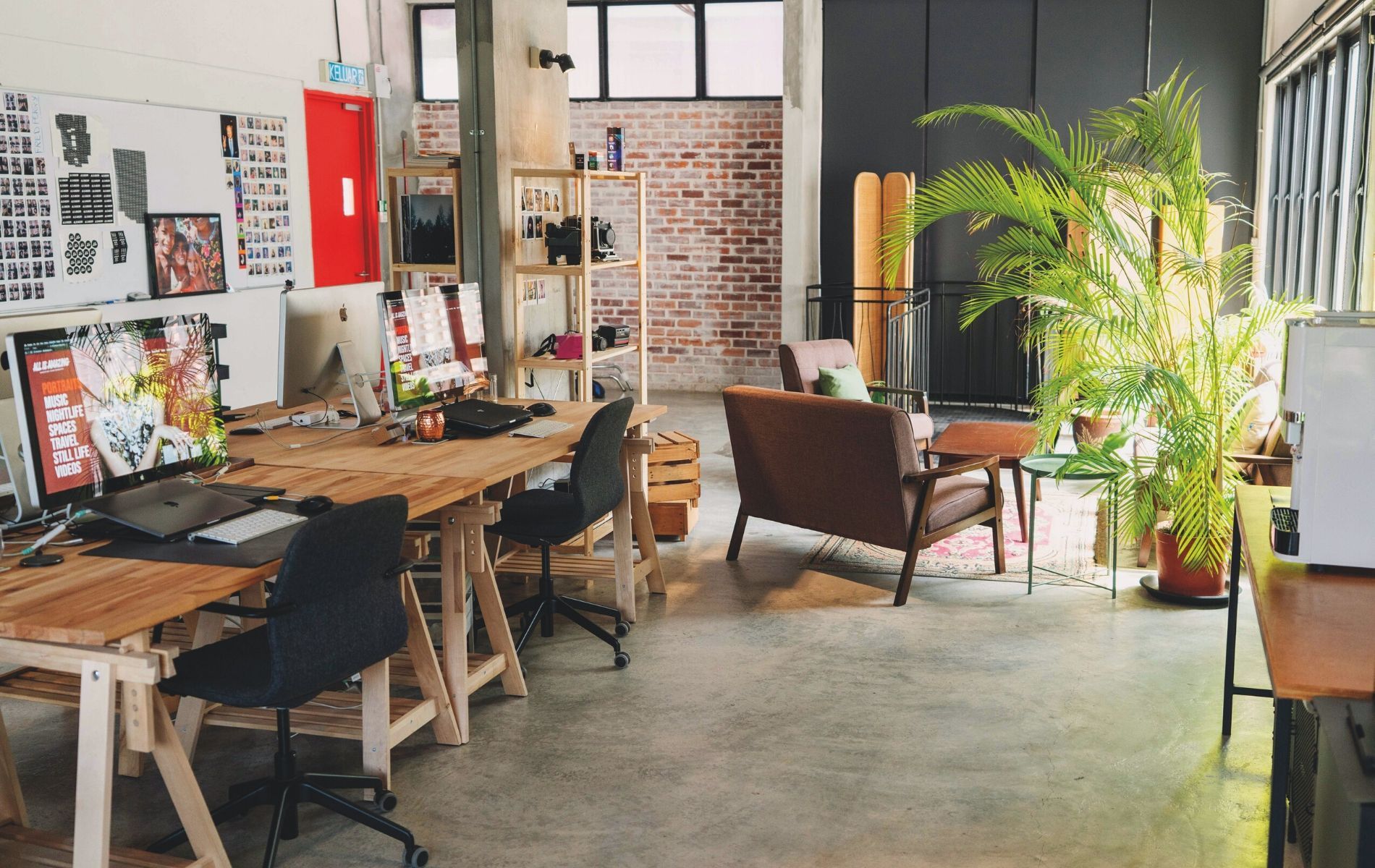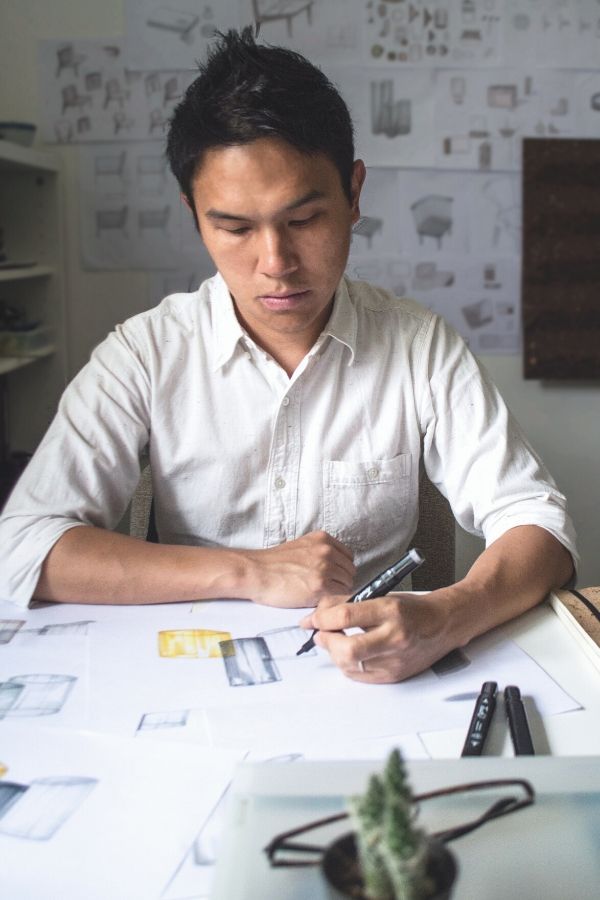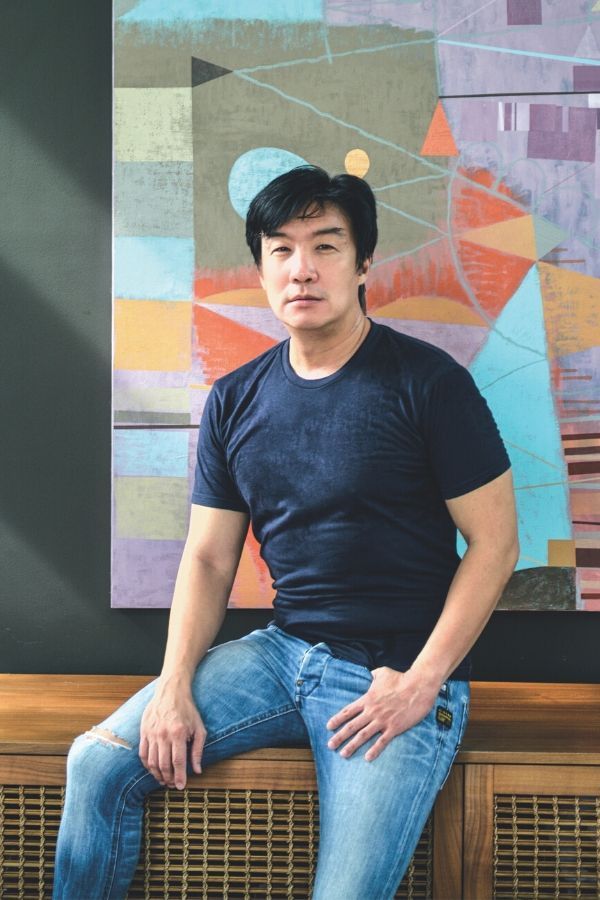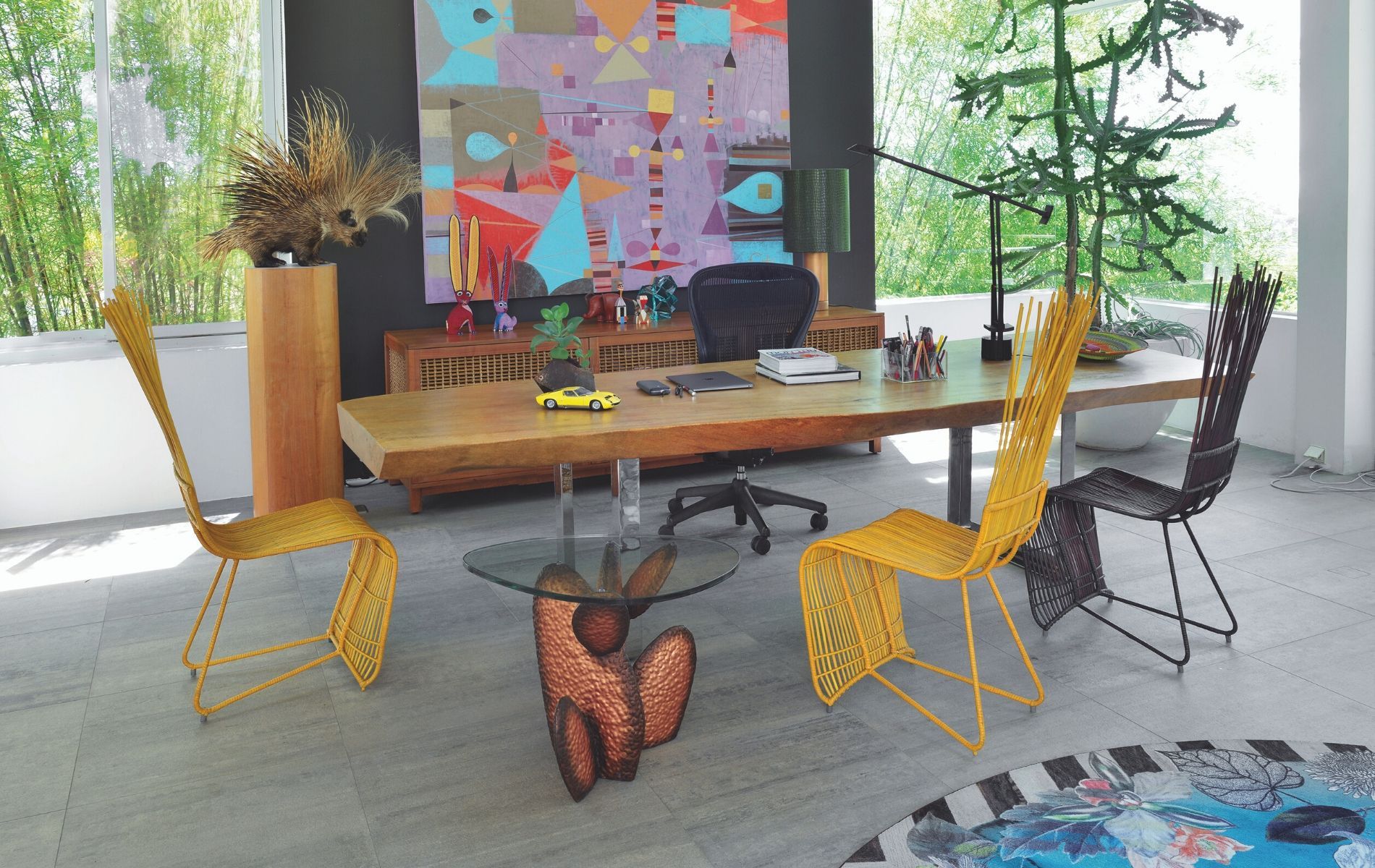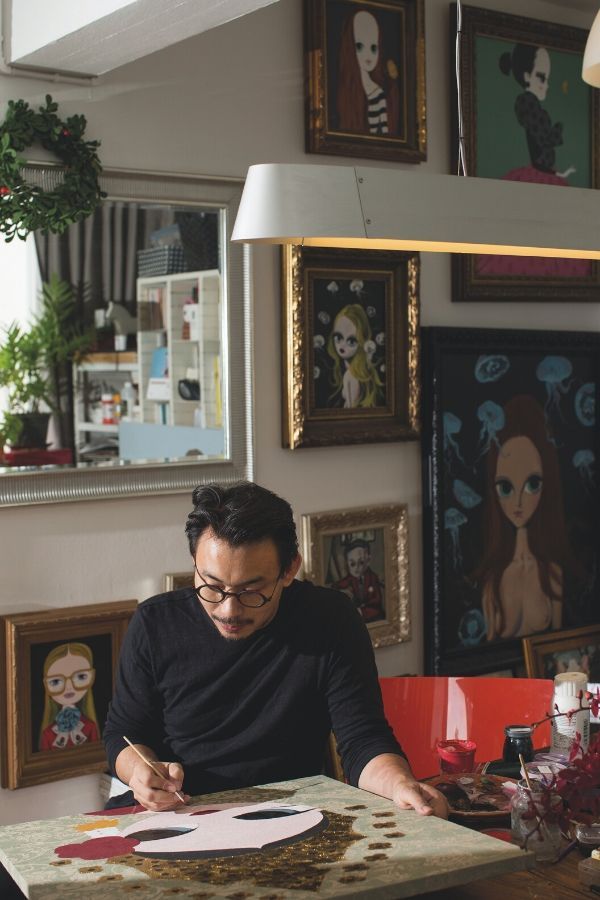Paulius Staniunas, creative director of All is Amazing (Malaysia)
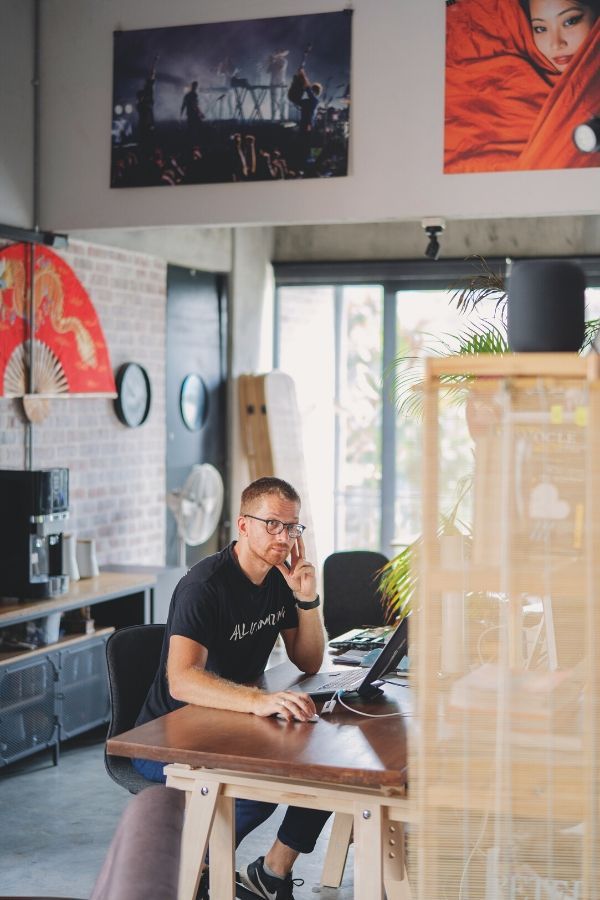
How do you describe your office?
My number one goal was cosy multi-functionalism. It can be a photo studio, it can be an office space, it can be a creative workshop or a gathering place, but it doesn’t lose charm. It has lots of wooden furniture, books and quirky corners where you can take photos. It’s a place where I want everyone to feel inspired and creative.
What makes it special?
I always wanted a space with lots of natural light, plants and carpets. A high ceiling and open plan concept are very healthy for creativity. My vision is for everyone to communicate and share ideas, hence walls are obsolete. It’s special to me, because it reflects what’s happening in my head every day and what drives my creativity.
